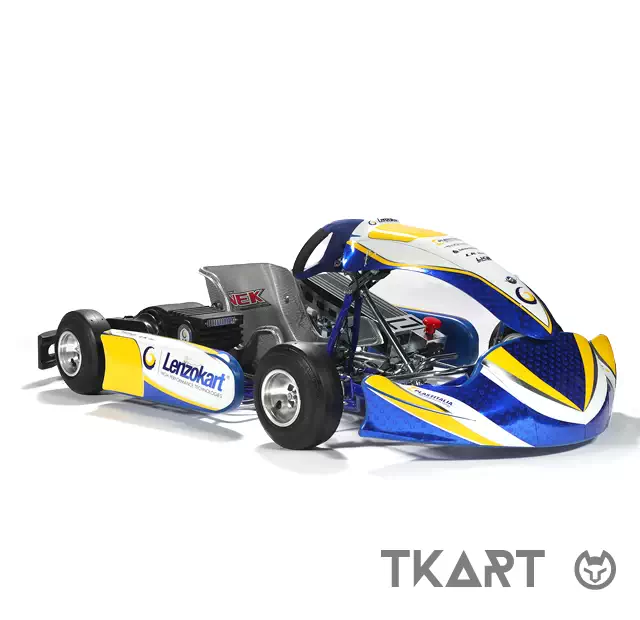Frequent Searches
Frequent Searches

 Exclusive Content
Exclusive Content

The Cayman chassis is made of steel alloy tubes (more specifically 25CrMo4), 28 mm in diameter and 2 mm thick. The frame is 1.280 mm long, the wheelbase is 950 mm, the front has a width of 645 mm, while the rear is 590 mm wide. But the main differences between the configuration involving the electric engine and the more classic configuration equipped with 2-stroke internal combustion engines? Of course, what immediately catches the eye is the internal propulsion system along with the components necessary for its operation. The engine (model BLDC RPM 3000, which we will focus on later), is positioned to the right side of the driver, while to his left, in the area where the radiator is usually located (in karts that include a liquid cooling system), there is the battery which includes its housing unit. Another enormous difference can be found in the seat and adjoining area around it. In fact, the seat (made of fiberglass by NEK Racing in the Silver model), is not fastened by means of the classic fixed brackets welded to the frame, but rather through a structure affixed to the chassis that has a total, from all the way forward to all the way back in just 25 cm. The structure, in fact, is equipped with two rails that slide on two longitudinal axes applied to the chassis: by pulling a quick-release knob, the seat can be moved back and forth until it locks (by releasing the knob itself) in the preferred position chosen.